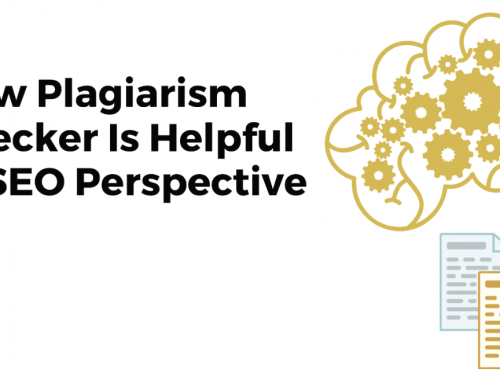Web design has long been an important means of conveying essential information about one’s business. But in recent years, and especially in the midst of the coronavirus pandemic, it has become increasingly important as a way of approximating in-person experience for one’s customers.
Of course, many businesses have had to close down temporarily in order to facilitate social distancing during the pandemic. But some of them have found ways of continuing to operate in some capacity while keeping customers and employees well away from one another. Web design has facilitated some of the relevant changes. And in so doing, it has revealed very interesting potential for future practices, even after the pandemic is ended.
If you’ve been avoiding investment in upgraded web design because you thought that end would come quickly, now might be a good time to reconsider. This isn’t to say that we’re unusually pessimistic about how long we’re going to have to cope with the new normal of social distancing and diminished economic activity. But we certainly wouldn’t advise anyone against starting web design projects that might be necessary just to keep their business viable over the near term.
Depending on the complexity of the problem and the duration of the limiting circumstances, such a project could end up being a major investment with a limited payoff. However, the size of the payoff grows by leaps and bounds if your new web design elements turn out to improve your regular operations over the long term. That is also something that’s worth thinking about. And if you are having a hard time imagining the potential impact of the change on your own, maybe we can help.
But you might also be able to find some inspiration in the press, as plenty of outlets are running features on the ways in which companies are adapting to the unique challenges of 2020. These adjustments aren’t strictly limited to shifting form in-person to online activities. But that probably describes upwards of half of them. And so many of the relevant reports are sure to feature descriptions of web design projects and resulting experiences with a newly upgraded site.
One example of such a report appeared in Architectural Digest last month. It discussed decorator showcases that have been a mainstay of the design industry in the Bay Area for many years. Normally, these would involve walk-throughs by fellow professionals and other interested parties. But that practice had to stop in order to minimize risk of person-to-person contact and surface contamination. In response, organizers developed virtual alternatives that provide 360-degree views of the decorators’ spaces, plus an opportunity to move from place-to-place in a linear fashion.
The article doesn’t try to argue that these digital walk-throughs are just as good as real life. But it also didn’t give the impression that they fell so far short as to be rendered useless once in-person walk-throughs became an option again. The advanced web design is all but certain to shift from being necessary to being merely supplemental. But the supplement may remain quite useful under certain circumstances.
Web design that encompasses panoramic views and a virtual reality interface can help one’s customers to have a much more intimate experience with a given business, even when their own circumstances prevent them from visiting in person. It could be applied, for instance, to real estate agencies, giving clients an opportunity to view potential homes in a distant market and to narrow down their choices before scheduling a tour of their favorites. Galleries could offer a similar service, not just for times when hopeful visitors are far away but also for situations in which they wish to accommodate more people than the physical space will allow.
This are just a couple of examples, inspired by just one of the changes to web design that companies have made in the midst of the pandemic. But the open the door to much broader concepts for how websites and apps can approximate a hands-on experience for customers, thus giving them access to much more detailed and persuasive information before reaching the point of sale.



Leave A Comment